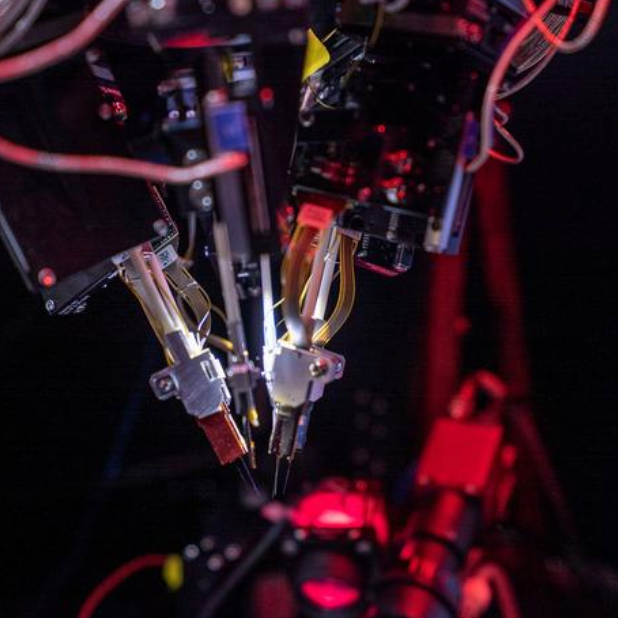Tracking how psychedelics affect neurons
Aug. 05, 2024.
3 mins. read.
6 Interactions
Could help scientists unlock the benefits of psychedelic treatments for patients with brain disorders
RELATED NEWS
Researchers at the University of California, Davis have developed a rapid, noninvasive tool to track the neurons and biomolecules activated in the brain by psychedelic drugs.
The protein-based tool, called Ca2+-activated Split-TurboID, or CaST, is described in research published in Nature Methods.
The new tool could help scientists unlock the benefits of psychedelic treatments for patients with brain disorders.
There has been mounting interest in the value of psychedelic-inspired compounds as treatments for brain disorders, including depression, post-traumatic stress and substance use. Psychedelic compounds like LSD, DMT and psilocybin promote the growth and strengthening of neurons and their connections in the brain’s prefrontal cortex.
“It’s important to think about the cellular mechanisms that these psychedelics act upon,” said Christina Kim, an assistant professor of neurology at the UC Davis Center for Neuroscience and School of Medicine, and an affiliate of the UC Davis Institute for Psychedelics and Neurotherapeutics, in a statement.
The new technique could be used to track step-by-step the molecular signaling processes that are responsible for these compounds’ beneficial neuroplastic effects, taking 10 to 30 minutes, rather than the hours typical of other tagging methods.
“We designed these proteins in the lab that can be packaged into DNA and then put into harmless adeno-associated viruses,” Kim said. “Once we deliver the CaST tool and these proteins into neurons, they incubate inside the cells and start expressing.”
A snapshot of the brain
The CaST tool measures changes in intracellular calcium concentrations, a nearly universal marker to track activity in a neuron. When neurons exhibit high activity, they exhibit high calcium levels. CaST uses this cue to tag the cell with a small biomolecule called biotin.
In the study, Kim and her colleagues dosed mice with the psychedelic psilocybin. They then used CaST in tandem with biotin to identify neurons with increased calcium in the prefrontal cortex (an area affected by many brain disorders and where psychedelics promote neuronal growth and strengthening).
The researchers also monitor the mouse head-twitch responses of a freely behaving animal. These are the primary behavioral correlates for hallucinations caused by psychedelics.
Next steps
Kim and her colleagues are now working on methods to enable brain-wide cellular labeling with the CaST tool and ways to enrich the signature of individual proteins produced by neurons affected by psychedelics.
“We can send those samples to the UC Davis Proteomics Core Facility and they can give us an unbiased picture of all the proteins we identified,” Kim said.
The goal is to identify how psychedelics benefit the cellular profiles of those with brain disorders, elucidating the step-by-step cellular process of their therapeutic effects.
The work was supported by grants from the Brain and Behavior Research Foundation, Kinship Foundation, Arnold and Mabel Beckman Foundation, NIH, NSF and the Boone Family Foundation.
Citation: Zhang, R., Anguiano, M., Aarrestad, I. K., Lin, S., Chandra, J., Vadde, S. S., Olson, D. E., & Kim, C. K. (2024). Rapid, biochemical tagging of cellular activity history in vivo. Nature Methods, 1-11. https://doi.org/10.1038/s41592-024-02375-7 (open access)
Let us know your thoughts! Sign up for a Mindplex account now, join our Telegram, or follow us on Twitter.


.png)

.png)


.png)


















1 Comments
One thought on “Tracking how psychedelics affect neurons”
Well researched